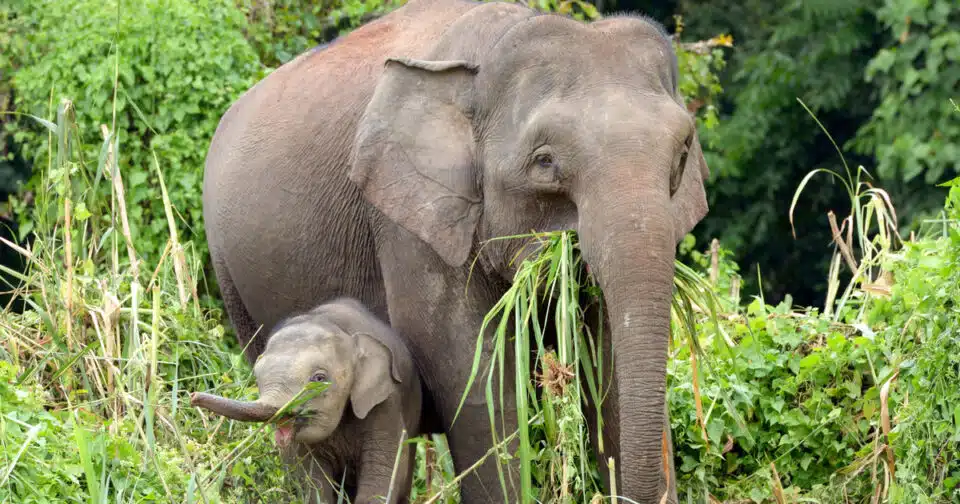GENEVA, June 28 — Agriculture, mining, logging and other human activities on Borneo have caused elephants living on the Southeast Asian island to become endangered, an assessment by wildlife experts published yesterday found.
There are around 1,000 Bornean elephants left in the wild, according to the International Union for Conservation of Nature (IUCN), whose ‘Red List’ of animal species assesses their risk of extinction.
Animals that are “critically endangered” are at extreme risk of extinction unless conservation efforts are deployed. The next category consists of endangered animals, including Bornean elephants, which face a very high risk of extinction unless action is taken.
“It’s a small population, and it could easily disappear if we just let development happen without any conservation actions,” Craig Hilton-Taylor, head of the IUCN Red List Unit, said of Bornean elephants.
The habitat of Bornean elephants, which are generally smaller than elephants found in Africa, has decreased over the last 75 years, initially due to extensive logging, IUCN said.
The elephants have since entered human-dominated areas in search of food, which can cause them to destroy crops and face retribution killing.
Their habitat has been further lost due to agriculture, timber plantations, mining, and major infrastructure projects.
“Poaching for ivory, accidental ingestion of agrochemicals, and vehicle collisions are also concerns,” IUCN said.
The Malaysian and Indonesia governments, which control parts of Borneo where the elephants are found, have conservation action plans that require extensive coordination with corporations, private landowners and conservationists, among other actors.
To help the animals cope with the pace of human development, the authorities are seeking to create corridors for elephants to move safely between fragmented areas of their habitat.
“You allow development to happen but minimise loss of habitat and impacts on the elephants. That’s quite tricky,” Hilton-Taylor said.
— Reuters





